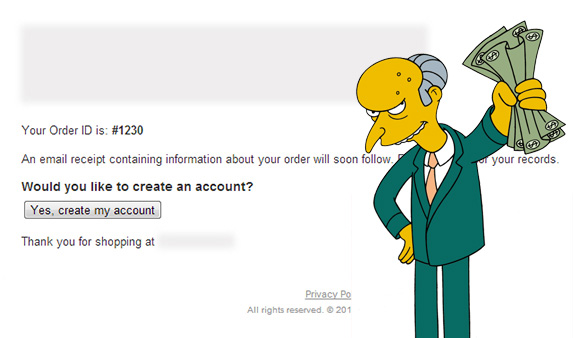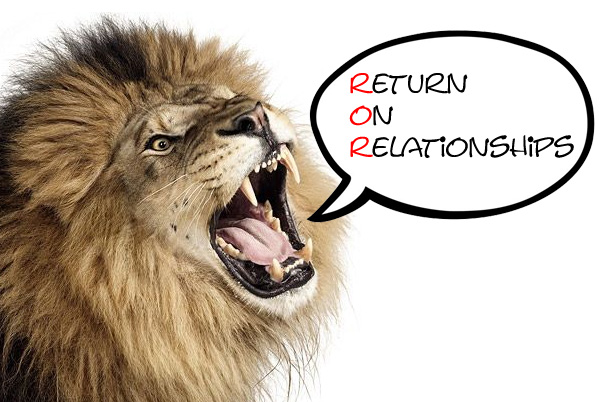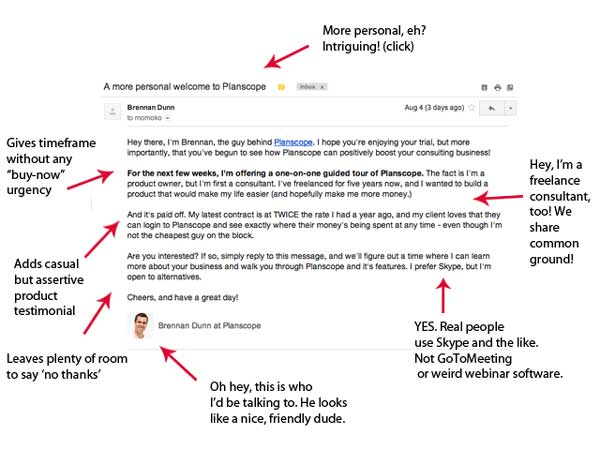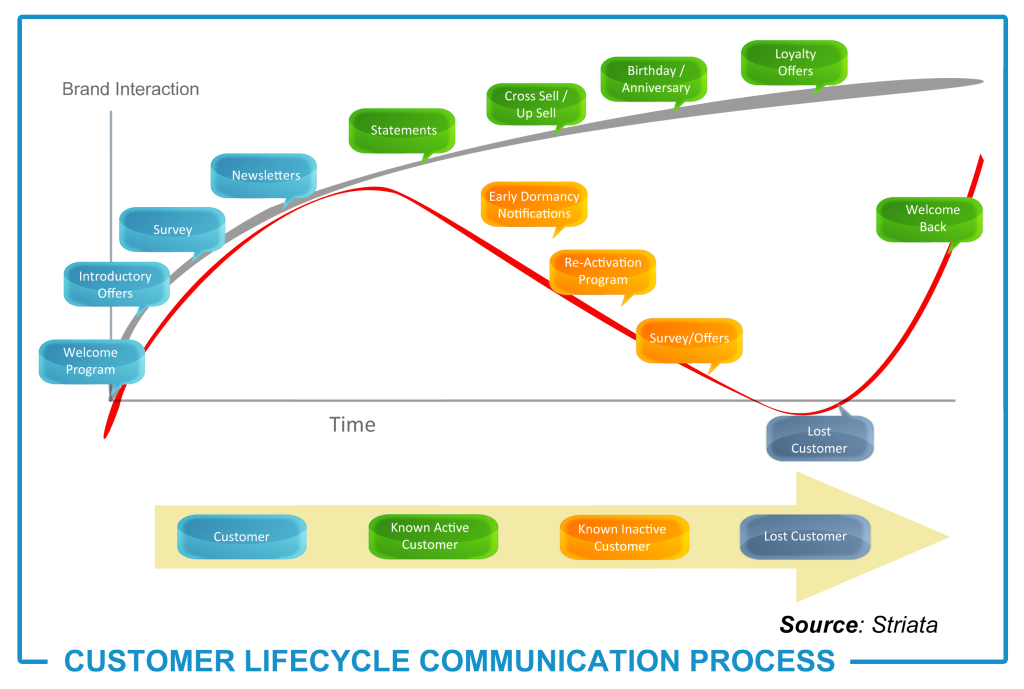We spend a great deal of time concentrating on before-the-sale marketing: high converting landing pages, extensive lead generation and proper follow-up. And once we get that coveted sale, we feel like popping the digital champagne cork.
But our job isn’t done – and for many savvy marketers, the real work has just begun.
Far too little attention is paid to the customer after the sale. Even “thank you” emails are bland and boring. When you get emails like the one below, you’re more than a little disconcerted that the company really doesn’t care about you apart from a dollar amount.

Thank you for your order. Eeeexcellent.
So what can you do after the sale to build a solid customer relationship while still growing your sales? Let’s take a look at a few strategies you can implement right away to deliver impactful, measurable results.
Let Them Hear You ROR

We talk a lot about ROI – Return on Investment, but what about ROR? Return on Relationships? As long as you deliver a quality product and impeccable customer service, you should already be swelling your ranks with people who know, like and trust you. According to Dean Jackson of the I Love Marketing podcast, you ideally want to generate a 20% yield from your “relationship portfolio”.
That means within the next 5 years, each one of your customers either conducts another transaction with you or refers someone else who does. If that number sounds too good to be true, look at all the ways you’re impacting your ROR with your customers right now, and how you can maximize it without being pushy or sales-y.
Every Email is an Opportunity
We’ve seen how drab and uninspiring those “thank you” emails can be. What about an email done right? The example below, from Planscope.io comes from the creator of the product and not only makes the customer feel like they matter right from the start (check out the subject line), but delves deeper to explain a bit more about the service itself and how to get the most out of it.
Take a good look at your follow up emails. Are they plastered with “just the facts” or do they make customers feel like you care about their order and want them to use it to the fullest?
Keep in mind, email isn’t the only way to leverage this kind of personal connection. Use what you already know about your customers (even if it’s not much) to connect with them in a way that’s unobtrusive. For example, what shopper wouldn’t remember the time they purchased from a company and received:
- A birthday gift or coupon
- A holiday gift or coupon
- A substantial discount in exchange for completing a survey
- A hand-written card or letter
- A check-in call to make sure you received your purchase and are happy with it (NO selling!)
Maximize Customer Lifetime Value (Without Giving Away the Store!)
But cultivating customer relationships after the sale aren’t always about giving away the store. By looking for ways to maximize the value you deliver in a way that feels personalized and not pushed, you’re telling the customer that not only do you care, but you support them to the fullest.
Image Source: Striata Lifecycle Messaging Study
As you can see, the customer lifecycle with your product or service isn’t a straight line. Customers and their relationship with you will ebb and flow over time – and there’s seldom a “straight shot” to the top.
After the sale, following up with things like recommended products or accessories, warranties, membership programs or even customer loyalty rewards can help rope in customers you may not have corresponded with for awhile.
Of course this is the best time to remind them of what they ordered, and ask how their experience with it is. Be personal and personable. People will tell you what they think if you ask. The longer their time spent with your product or service, the more you need to invest in cultivating that relationship.
Above all, don’t scramble to build up the relationship only when something has gone wrong. Too often, companies are left doing damage control because of disparaging remarks on Facebook, Twitter, Yelp or other social outlets – and by that time, it’s too little, too late. That’s not to say you should ignore the reviewer or make light of their situation, but rather sincerely try to resolve their complaint to the best of your ability. Sometimes easier said than done, but the byproduct is that others will see your reaction and judge your customer service abilities accordingly – even if they aren’t customers themselves.
Watch Your Words
Finally, a great deal of your after sales success potential can be determined purely by the words you use when working with the customer.
For example, if you proactively call or email the customer before their item arrives or before they create an account, this demonstrates that you truly care about their experience. If you make recommendations and suggestions, it tells them you want to help them make the most of their investment. Even if there’s a problem, as long as you candidly approach it and apologize while working hard to make things right – it shows your eagerness to please.
Conversely, if your company shifts blame to the customer, insists on waiting for the customer to initiate contact, makes promises that can’t be kept or looks to misunderstandings in an attempt to pounce on the customer’s flaws, you’re giving yourself a one-way ticket to business failure. Of course, no company will admit to this – but when you’re running short on time, resources or staff, it can be easy to slip into a pattern of apathy.
Now It’s Your Turn
By keeping these points in mind when creating, analyzing and improving your after-sale plan, you’ll be able to not only attract new customers but convince existing ones that you’re ready to make their investment in your product or service one they won’t soon forget. Have you created an after-sales follow up plan? How has it worked out for you? Share your stories and favorite tips with us in the comments below!
About the Author: Sherice Jacob helps business owners improve website design and increase conversion rates through compelling copywriting, user-friendly design and smart analytics analysis. Learn more at iElectrify.com and download your free web copy tune-up and conversion checklist today!

